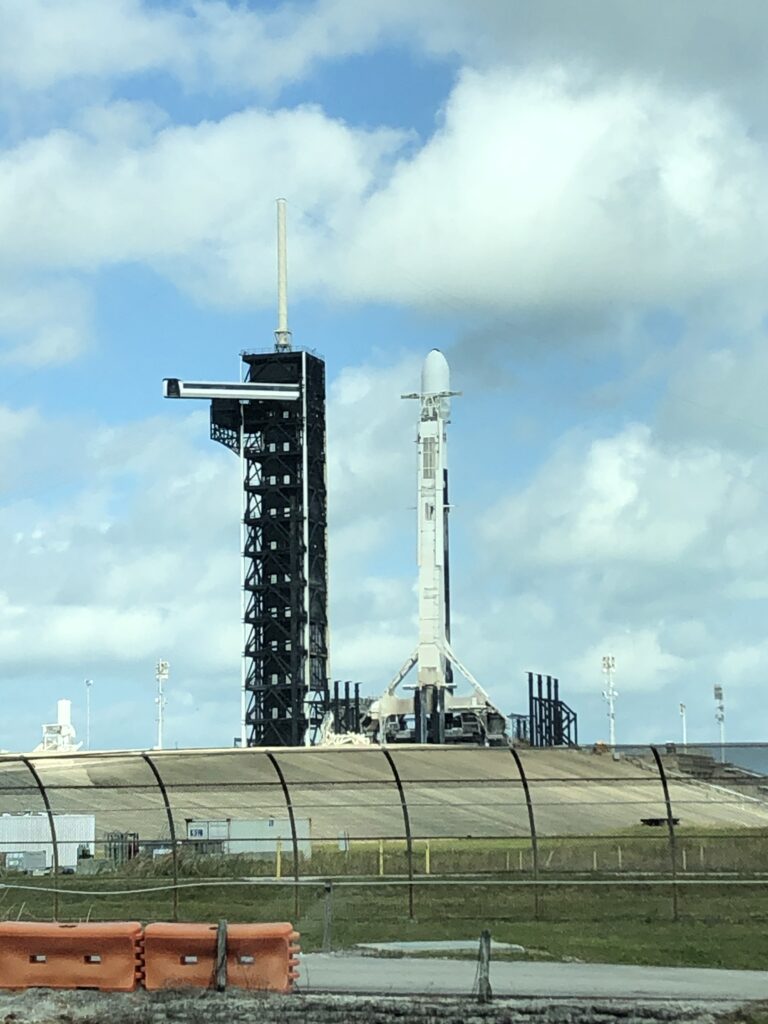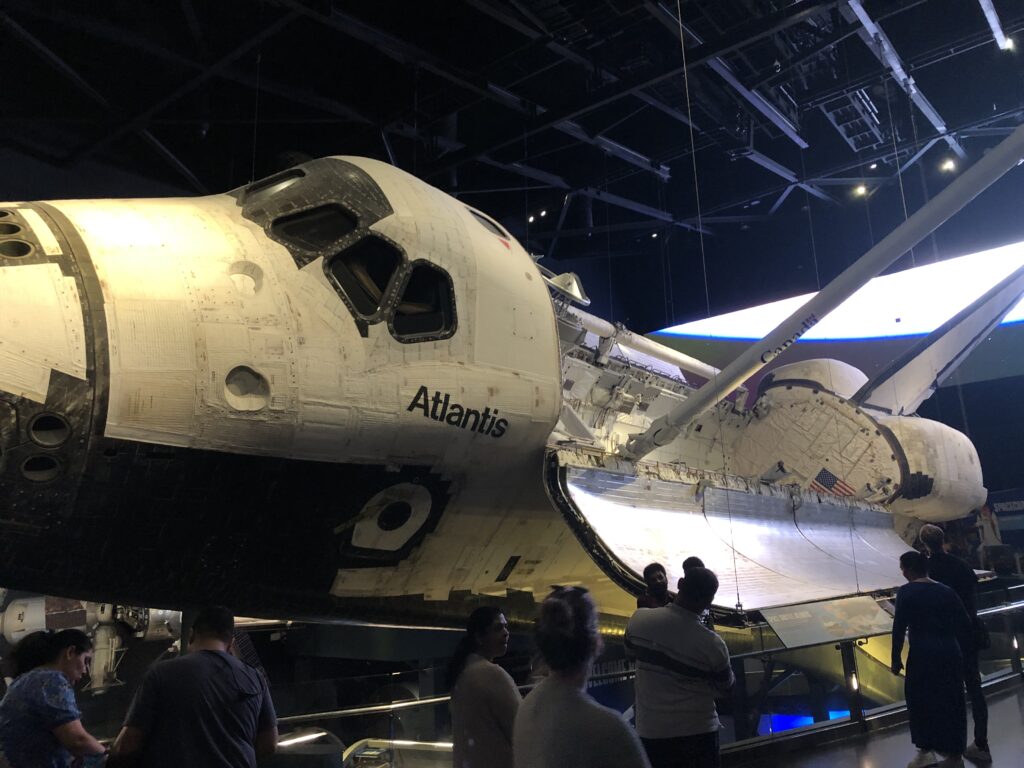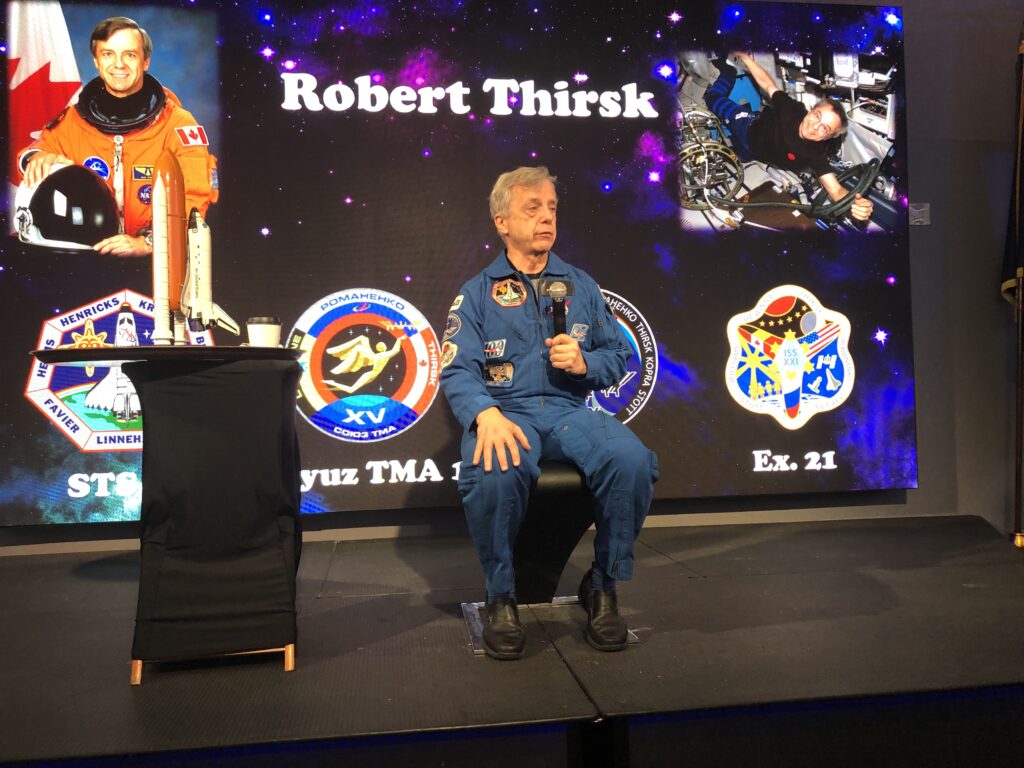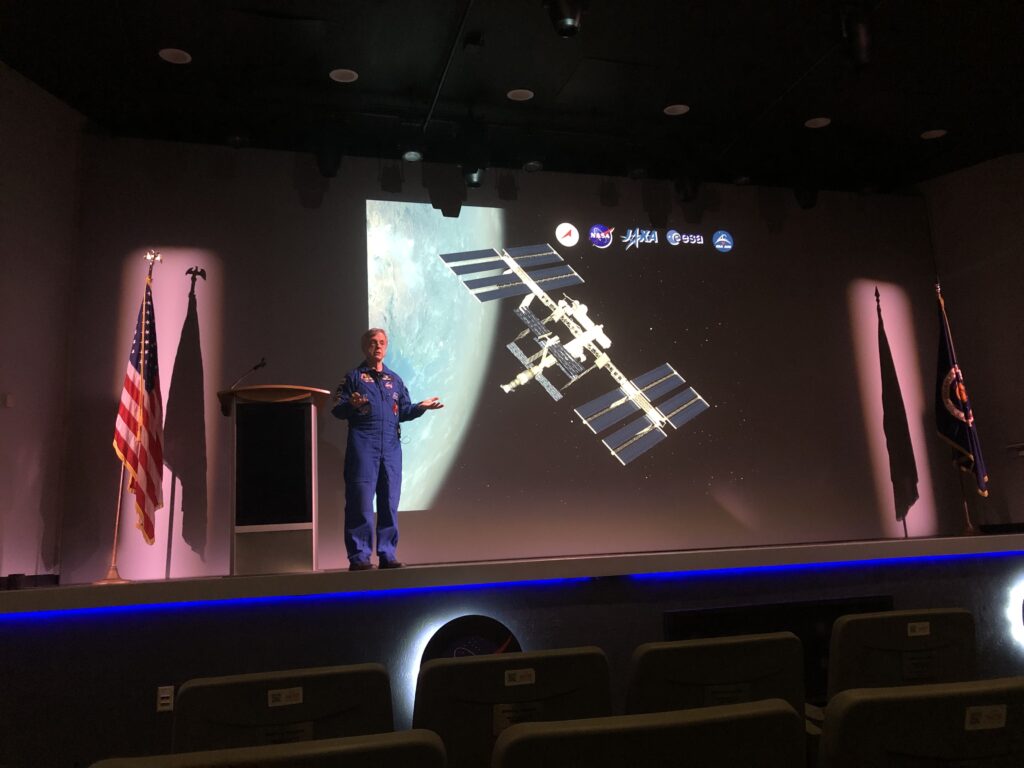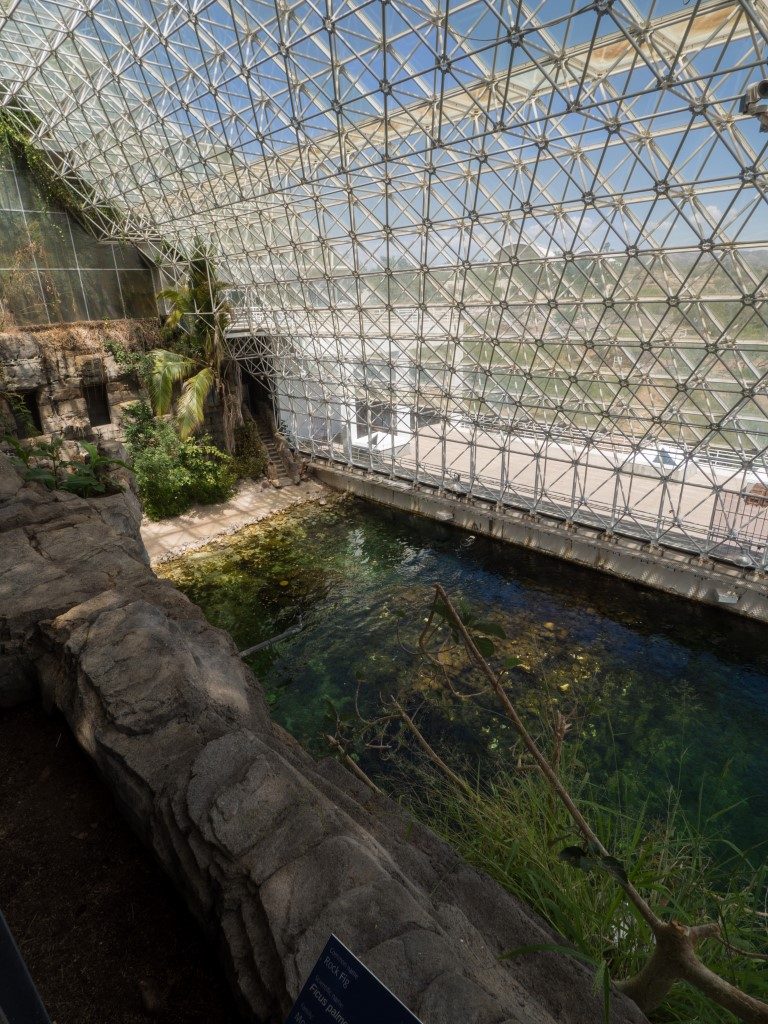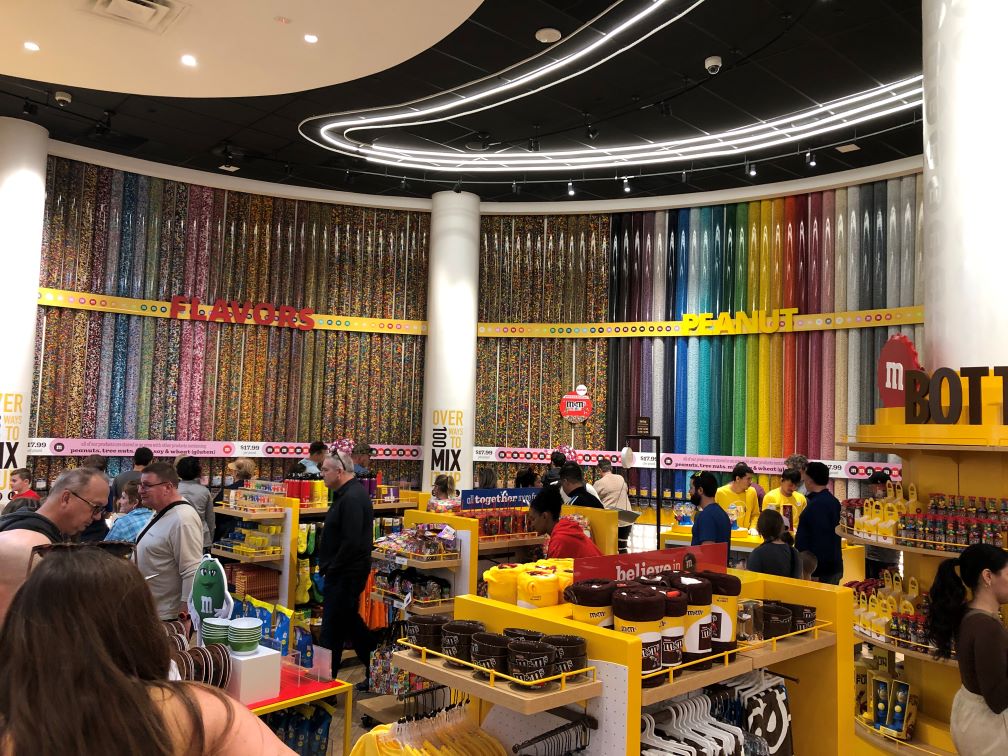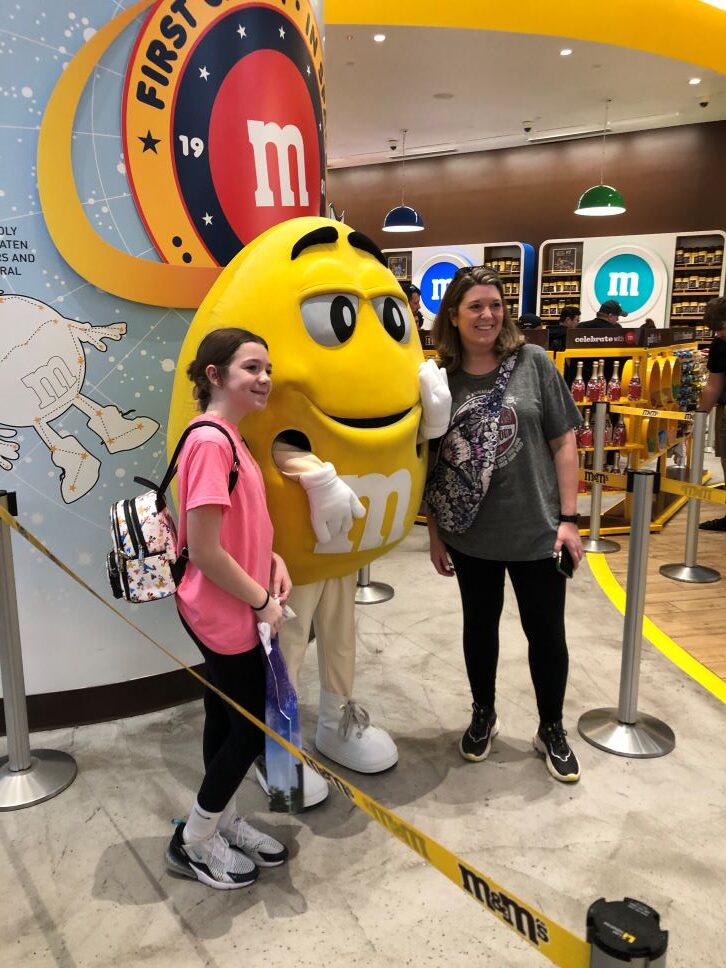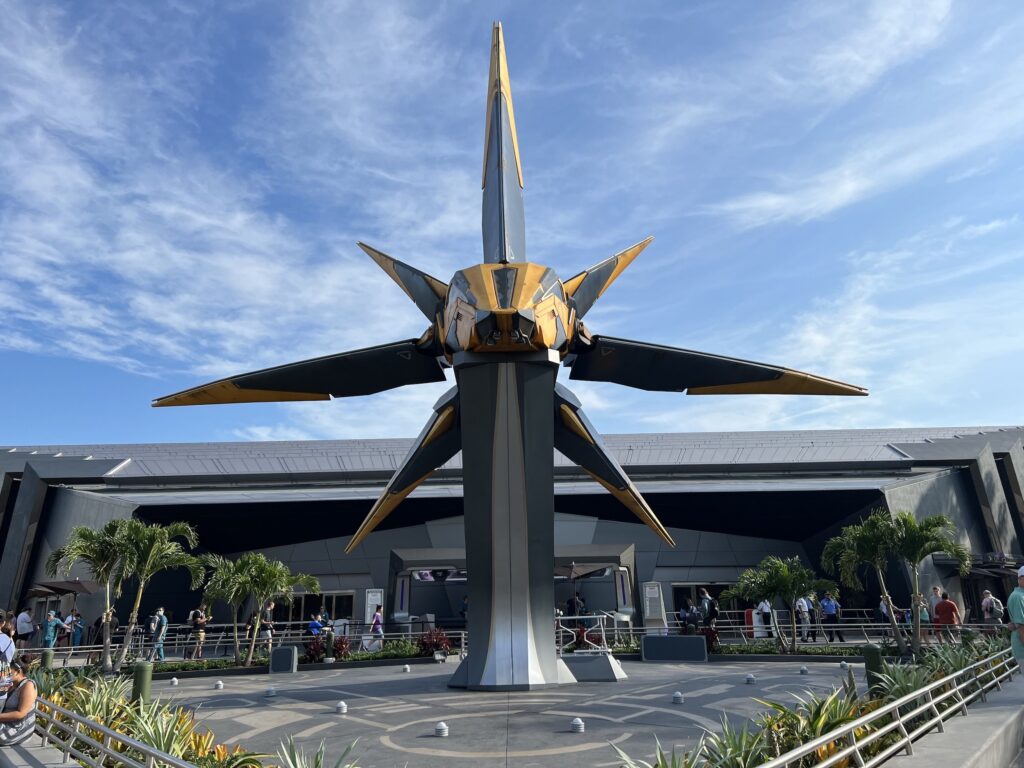As mentioned in the previous post, throughout our tour of Kennedy Space Center, two themes recurred. Our trips to the moon (in 1969 and the one coming up), our trip to Mars, and whatever lies beyond that, all are born of two foundational imperatives: a zeal for exploration, and a commitment to scientific and technological advancements necessary to achieve the seemingly impossible.
Although I’m not sure NASA actually ever said as much, it was apparent that NASA believes, for the good of the space program, both of these imperatives need to be amped up. And in my view, devotions of these sorts are not only good for the space program, they’re good for the country. In fact, both of these derive from a sense of national optimism, something our country sorely needs.
At one point in one of our tours, the guide said something like, “yes, yes, yes … there are lots of benefits to our space program: advances in engineering, medicine, material science, computing, and so on. But the exploration of space is essential even without these benefits. It’s in our nature. It’s inherent in some early caveman thinking, ‘I wonder what’s over that hill?’ To stop exploring is to deny our humanity.” During the early days of the space program, that sentiment was part of our national consciousness. It wasn’t just James T. Kirk; we all thought of space as the “final frontier.” But what NASA senses is that our national sense of common wonder, our sense of destiny, our willingness to take risks and bear costs together, our unifying national purpose, all have been dissipated in a sea of competing interests. No doubt there are lots of reasons for all this: fracturing political ideologies, the distractions of trivial technologies, other national and international priorities, lack of national leadership, and so on. Even as our space program is privatized, though, a robust space program cannot survive without national (and international) excitement and fervor. Rekindling those fires is part of what constitutes the Kennedy Space Center experience. As I wrote after our visit in 2017, KSC is all about “the glory of exploration, the human need to go new places and learn new things, and the indomitable human spirit that allows us to achieve the impossible.”
The second focus at KSC is on STEM education, and in particular vitalizing STEM studies in secondary education. Over and over again, STEM, STEM, STEM. It came up in tours, in displays, in interactive games, and even entire buildings directed at young people. Everywhere. Constantly. After a while, I began to wonder whether the emphasis was truly necessary. When I was young, we didn’t need an emphasis on STEM. We were going to the moon and everything in our country was tied to moon-driven STEM-stuff. But one of our guides made an insightful observation … the more common technology becomes, the more our technological achievements seem easy and mundane, the less focus science, technology, and engineering get in our daily lives. And that’s especially true for young people, most of whom have only seen a world where technology is commonplace and easy. Why worry about STEM education when for a couple hundred bucks, you can take the entire computing power of the country and put it in your pocket? Spend years studying thermodynamics and differential equations? Meh. I’ll just google it. But without both competence in such things, and even more importantly, enough education to appreciate competence in such things, a space program yields to the challenges that seem too daunting.
Anyway, those two essentials are part of what makes the KSC experience so memorable. These two seemingly incongruous, yet fundamentally linked, emphases. The philosophical, abstract, near-spiritual essence of humanity’s need to explore, grow, and achieve, combined with the practical, prosaic, even terrestrial details of what it takes to travel, live, and even thrive in the most hostile environment imaginable. KSC puts these together in a way that is new and exciting every time we go there. What a combination. And what a place. We’ll be back.

